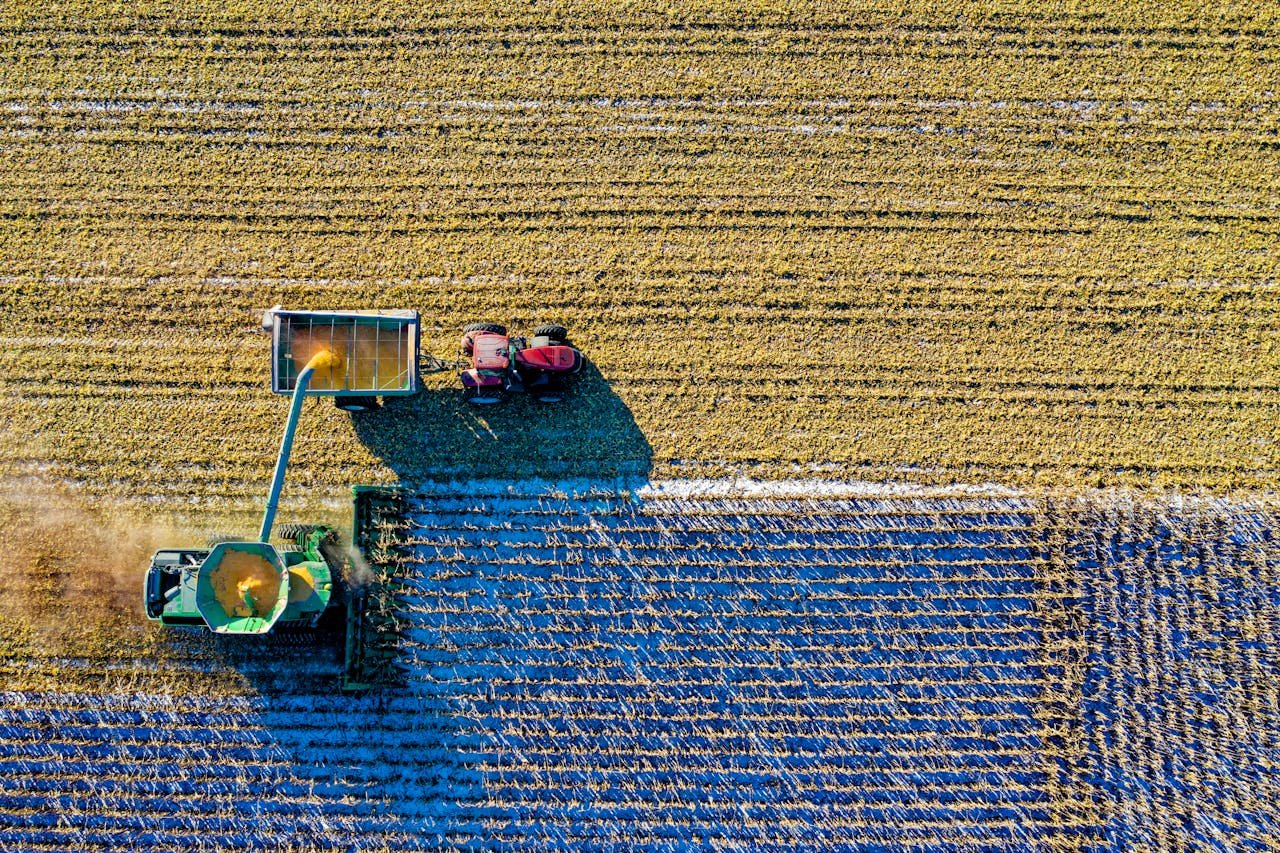Selecting the right water pump for farming is crucial for efficient agricultural operations. Water pumps play a vital role in irrigation, livestock care, and general water management on farms. The ideal pump for your farm depends on factors such as water source, flow rate requirements, pressure needs, and overall efficiency.
Farmers must consider various pump types, including centrifugal, submersible, and deep-well pumps, to match their specific agricultural needs. Each type has its strengths and is suited to different scenarios. For instance, centrifugal pumps are versatile and can handle suction lift, while submersible pumps excel in deep well applications.
When choosing a pump, it’s essential to calculate the required flow rate and pressure for your irrigation system or water transfer needs. This ensures optimal performance and energy efficiency. Many farmers find success with reliable options such as the Jono & Johno water transfer pump, which offers versatility for various farm tasks.
Key Takeaways
- Proper pump selection impacts farm productivity and water management efficiency
- Assess water source, flow rate, and pressure requirements before choosing a pump
- Consider energy efficiency and long-term reliability when investing in agricultural pumps
Understanding Water Pumps in Agriculture
Water pumps play a crucial role in modern farming, enabling efficient irrigation and water management. Selecting the right pump can significantly impact crop yields, water conservation efforts, and operational costs.
Types of Agricultural Water Pumps
Centrifugal pumps are widely used in agriculture due to their versatility and high flow rates. These pumps are ideal for transferring water from dams to tanks or across farmland.
Submersible pumps operate underwater, making them perfect for deep wells or boreholes. They’re energy-efficient and can handle high-pressure applications.
Turbine pumps excel in situations requiring high pressure and moderate flow rates. They’re commonly used for deep well irrigation systems.
Propeller pumps are designed for low-pressure, high-volume water transfer. They’re often employed in flood irrigation or moving water through open channels.
Surface pumps are installed above ground and are suitable for shallow water sources like ponds or streams. They’re easy to maintain but have limited suction capabilities.
Assessing Your Water Requirements
Determining water needs is essential for proper pump selection. Consider factors such as crop type, acreage, and local climate conditions.
Calculate the required flow rate by assessing the volume of water needed per unit time. This typically involves considering peak water demand during dry periods.
Evaluate the water source characteristics, including depth, distance, and elevation differences between the source and irrigation points. These factors influence the pump’s head pressure requirements.
Analyze soil type and irrigation methods, as they affect water absorption rates and distribution efficiency. Sandy soils may require more frequent watering, while clay soils retain moisture longer.
Selecting the Right Pump for Irrigation Systems
Match pump capabilities to your specific irrigation system. Drip irrigation requires lower flow rates but consistent pressure, while sprinkler systems need higher flow rates.
Consider the pump’s efficiency to minimize energy costs. Variable speed pumps can adjust output based on demand, potentially saving energy during off-peak times.
Evaluate the pump’s suction capacity, especially for surface pumps. Ensure it can effectively lift water from the source to the pump inlet.
Choose a pump size that balances current needs with potential future expansion. Oversizing can lead to inefficiency, while undersizing may limit farm productivity.
Factor in power source availability. Diesel pumps offer portability but may have higher operating costs compared to electric models.
Maintenance and Care for Longevity
Regular inspections are crucial for pump longevity. Check for leaks, unusual noises, or vibrations that could indicate developing issues.
Clean pump components periodically to prevent debris buildup. This is especially important for surface pumps exposed to dust and agricultural residues.
Lubricate moving parts according to manufacturer specifications. Proper lubrication reduces wear and extends the pump’s lifespan.
Monitor pump performance metrics such as flow rate and pressure. Deviations from normal values may signal the need for maintenance or repairs.
Protect pumps from extreme weather conditions. Use shelters or covers to shield surface pumps from direct sunlight and precipitation.
Implement a preventative maintenance schedule to address potential issues before they cause significant downtime. This includes replacing worn parts and updating seals.
Sustainable and Cost-Effective Pumping Solutions
Farmers can significantly reduce operating costs and environmental impact by adopting renewable energy sources and modern technologies for water pumping. These solutions offer long-term sustainability and improved efficiency.
Adapting to Renewable Energy Sources
Solar-powered pumps present a compelling option for sustainable farming. They harness sunlight to operate, eliminating reliance on grid electricity or diesel fuel. Solar panels convert solar energy into electrical power, driving the pump motor.
These systems work best in areas with ample direct sunlight. A solar pump controller optimizes performance by adjusting pump speed based on available sunlight. This ensures consistent water flow throughout the day.
Solar pumps drastically reduce electricity bills and greenhouse gas emissions. While initial investment may be higher, long-term cost savings make them economically viable. They require minimal maintenance, further reducing expenses.
Maximizing Efficiency with Modern Technologies
Advanced pump designs and smart control systems boost water pumping efficiency. Variable frequency drives adjust pump speed to match demand, conserving energy. Precision sensors monitor soil moisture and crop needs, enabling targeted irrigation.
Remote monitoring allows farmers to control pumps via smartphone apps. This improves water management and reduces labor costs. High-efficiency motors and impellers minimize energy loss during operation.
Automated scheduling ensures optimal water distribution. Leak detection systems prevent water waste. These technologies increase productivity while decreasing resource consumption.
By combining renewable energy with efficient pumping systems, farmers can create a more sustainable and cost-effective operation. This approach balances environmental responsibility with long-term economic benefits.
Conclusion
Selecting the right water pump for farming is crucial for agricultural success. Farmers must carefully assess their water source, calculate requirements, and match pump specifications to their specific needs. Factors like flow rate, pressure, and power source play key roles in the decision. With the proper pump, farmers can ensure efficient irrigation and maximize crop yields.

